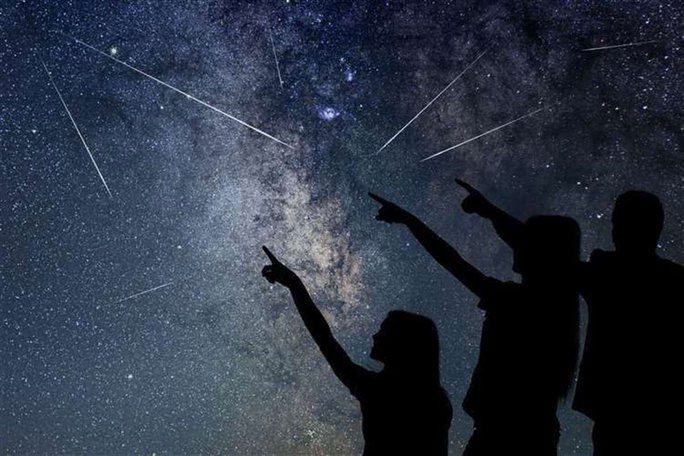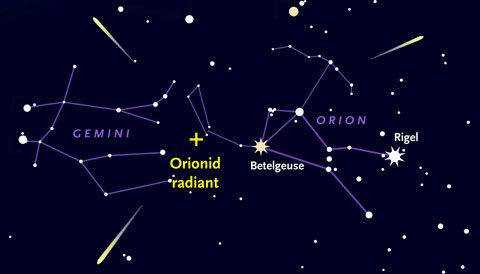The second meteor shower caused by Halley’s Comet will peak on the night of October 21 and the early morning of October 22 when observed from Vietnam.
According to Time and Date, this is the Orionids meteor shower, which occurs annually in October. Based on the location data for Ho Chi Minh City from this site, the most intense night will see approximately 20 meteors falling per hour on the night of October 21 into the early morning of October 22, Vietnam time.
As reported by Space, for a few days, peaking around October 21 each year, Earth passes through a meteor stream known as the Orionids, which consists of fragments and debris from the most famous comet of all – Halley’s Comet.

A previous Orionids meteor shower – (Photo: KENT ONLINE)
In fact, this is the second time this year that we will pass through the dusty tail of Halley. We also passed through it at another point in the planet’s orbit earlier in May, resulting in the appearance of the Eta Aquarids meteor shower.
Halley’s Comet itself comes close to Earth’s orbit by only a few million miles, but the dust it has shed over time is responsible for all the meteors of the Eta Aquarids and Orionids.
According to Time and Date, Halley’s Comet takes about 76 years to orbit the Sun, so you won’t be able to see the source of these biannual meteor showers again until 2061.

Observation map for the Orionids meteor shower with meteors radiating from the yellow cross-marked point – (Photo: SKY AND TELESCOPE).
Meteor showers are named after the constellation from which they appear, not after the comet or asteroid that caused them. Therefore, to observe the Orionids, you need to locate the constellation Orion (the Hunter) in the sky. The meteor shower will radiate from a point between Orion and the constellation Gemini (the Twins) nearby.
To enhance your meteor shower viewing experience, it is advisable to adapt your eyes to the darkness for about 15-20 minutes and choose an open viewing area, hoping for clear weather.


















































